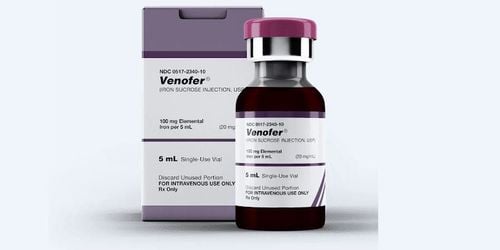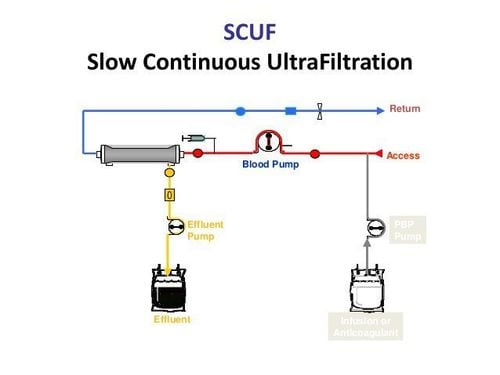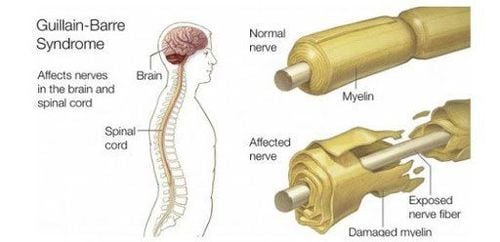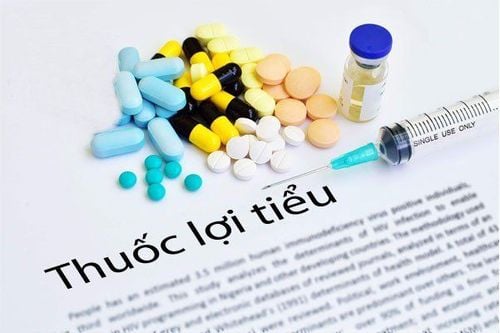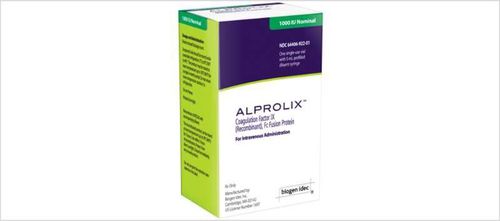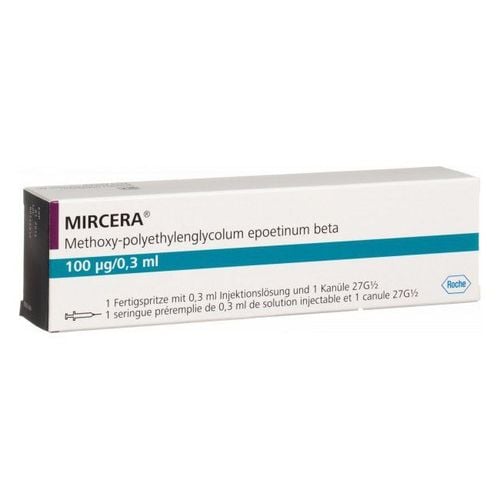This is an automatically translated article.
The article is professionally consulted by Master, Doctor Vu Huu Thang - Emergency Resuscitation Doctor - Emergency Resuscitation Department - Vinmec Ha Long International General Hospital. The doctor has nearly 10 years of experience in Emergency Resuscitation.Hemodialysis is a concept used to refer to the semi-permeable membrane exchange of blood soluble substances, usually applied to patients with acute renal failure or poisoning with renal fluids similar in composition to plasma. Hemodialysis in resuscitation is divided into many types, including continuous dialysis, combined filtration with continuous hemodialysis,...
1. Outline of dialysis method in resuscitation – emergency
Hemodialysis is a technique to remove small molecules, metabolic residues or endogenous/exogenous toxins... from the blood of the body, and at the same time to remove water, for homeostasis. Dialysis is often used in patients with renal failure, as an alternative to renal excretory function.Hemodialysis in resuscitation needs to be carried out quickly and immediately, along with the diagnosis of the causes so that it can be timely:
Replace the kidney functions that are suddenly impaired. Correction and prevention of high blood urea syndrome. Ensure maintenance of hemodynamic stability during renal function recovery. Currently, methods of dialysis in resuscitation are divided into two main categories.
Intermittent dialysis Here, each dialysis session will last about 4 to 6 hours.
Continuous hemodialysis Method of dialysis is common and has a long time, often applied in emergency - resuscitation to limit sudden hemodynamic or metabolic changes. Continuous dialysis methods include:
Continuous slow ultrafiltration. Continuous ultrafiltration of the blood. Hemodialysis combined with continuous hemodialysis...

2. Learn about continuous slow ultrafiltration technique
Continuous Slow Ultrafiltration (SCUF) is a continuous dialysis technique that removes free water continuously for about 12 hours. The aim of this technique is to correct water balance through slow continuous ultrafiltration, which is effective in volume overloaded patients and unresponsive to diuretic therapy..Indications of slow continuous dialysis method This continuous dialysis technique is applied to patients:
Severe heart failure with extra fluid, unresponsive to diuretics. Severe heart failure with fluid load, accompanied by renal failure, severe nephrotic syndrome, low blood albumin...
3. Dialysis combined with continuous hemodialysis
The technique is a form of continuous hemodialysis that allows for more than 12 hours of continuous removal of water and solutes weighing less than 50,000 daltons from the patient's blood. In particular, with a volume of fluid replacement of more than 35ml/kg/hour, through convection and hemodialysis with ultrafiltration, solutes with an average weight of less than 50,000 daltons and small molecules such as urea, Creatinine, electrolytes, water... will be eliminated continuously and faster.The purpose of the technique of dialysis combined with continuous hemodialysis is to quickly correct the cases of strong catabolism and disturbances in water, electrolytes, acid-base balance... in the patient. patients with hemodynamic instability.
Indications of dialysis combined with continuous hemodialysis The technique is indicated for patients with the following conditions:
Multi-organ failure. Severe acute pancreatitis. Severe infection or septic shock. There is a state of increased catabolism such as acute rhabdomyolysis renal failure. Severe ARDS. Having some volume overload in the case of cardiogenic shock with multi-organ failure, heart failure with anuria renal failure, edematous renal syndrome and anuria... The patient has hemodynamic instability and anuria and oliguria. Patients with severe cerebral edema due to some poisonings such as formaldehyde poisoning, methanol poisoning...
4. Overview of continuous ultrafiltration technique
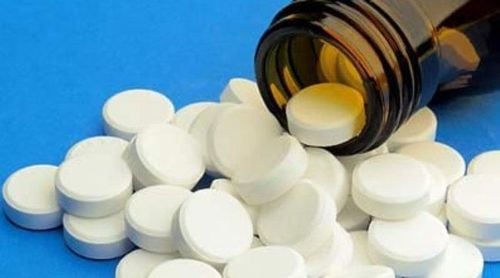
Indications of continuous ultrafiltration technique The technique is indicated for patients with hemodynamic instability, which may or may not involve the kidneys.
For kidney related cases, some cases of using continuous ultrafiltration technique are:
Anuria, oliguria. Hyperkalemia or severe Na+ disturbance. Pericarditis, encephalopathy, myopathy, neurological disease... due to high blood urea. Severe acidosis, visceral edema... Some cases of patients who do not have kidney disease but still need dialysis include:
Overuse of drugs and cannot be eliminated by other methods. Some diseases such as Guillain-Barre, ADRS...
5. Possible complications and complications after dialysis technique
Hemodialysis in resuscitation may carry the following risks:Bleeding: usually due to coagulopathy in infected patients or from an overdose of anticoagulants. Filter occlusion: often related to inappropriate use of anticoagulants, dose adjustment is required and, if indicated, filter replacement for the patient. Electrolyte Disorders: Some electrolyte disturbances may occur after dialysis. Therefore, patients need to strictly follow the routine monitoring - testing procedures in order to detect these disorders early and correct these disorders in time. Hemolysis: related to hemoconcentration, high blood flow rate or because the patient is allergic to the membrane (when changing another type of filter during dialysis). Hypothermia: if the replacement fluid is used with a lower temperature than the blood temperature, the blood leaving the body will cause the body to lose heat. To fix it, doctors need to warm the replacement fluid as well as the blood before putting it into the body. Other complications of infection: Infections often occur at the catheter site, the position connected to the device in the blood vessel... To overcome, doctors and nurses when performing dialysis for patients , must adhere to the principle of aseptic as well as closely monitor signs of infection after the technique... Some other complications: membrane blockage, filter rupture..., can be overcome by replacing the filter new.
6. Introduction to plasma exchange in dialysis techniques
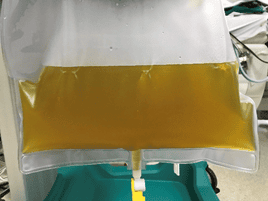
The composition of normal blood contains 45% erythrocytes (red blood cells, white blood cells, platelets) and the remaining 55% is plasma with components in blood fluids such as electrolytes, glucose, lipids, amino acids, albumin, fibrinogen, clotting factors...
Usually, dialysis (especially continuous dialysis) is accompanied by plasma exchange. Common indications for plasma exchange include:
Neuropathy. Diseases of the colloidal system. Liver and kidney disease. Venereal diseases. Hemodialysis in resuscitation is a popular method to rebalance the internal environment of the body when there are disturbances and abnormalities in this environment due to impaired excretory function of the kidneys. The implementation of dialysis methods requires careful preparation, specific examination and monitoring.
Vinmec International General Hospital is a high-quality medical facility in Vietnam with a team of highly qualified medical professionals, well-trained, domestic and foreign, and experienced.
A system of modern and advanced medical equipment, possessing many of the best machines in the world, helping to detect many difficult and dangerous diseases in a short time, supporting the diagnosis and treatment of doctors the most effective. The hospital space is designed according to 5-star hotel standards, giving patients comfort, friendliness and peace of mind.
Please dial HOTLINE for more information or register for an appointment HERE. Download MyVinmec app to make appointments faster and to manage your bookings easily.





